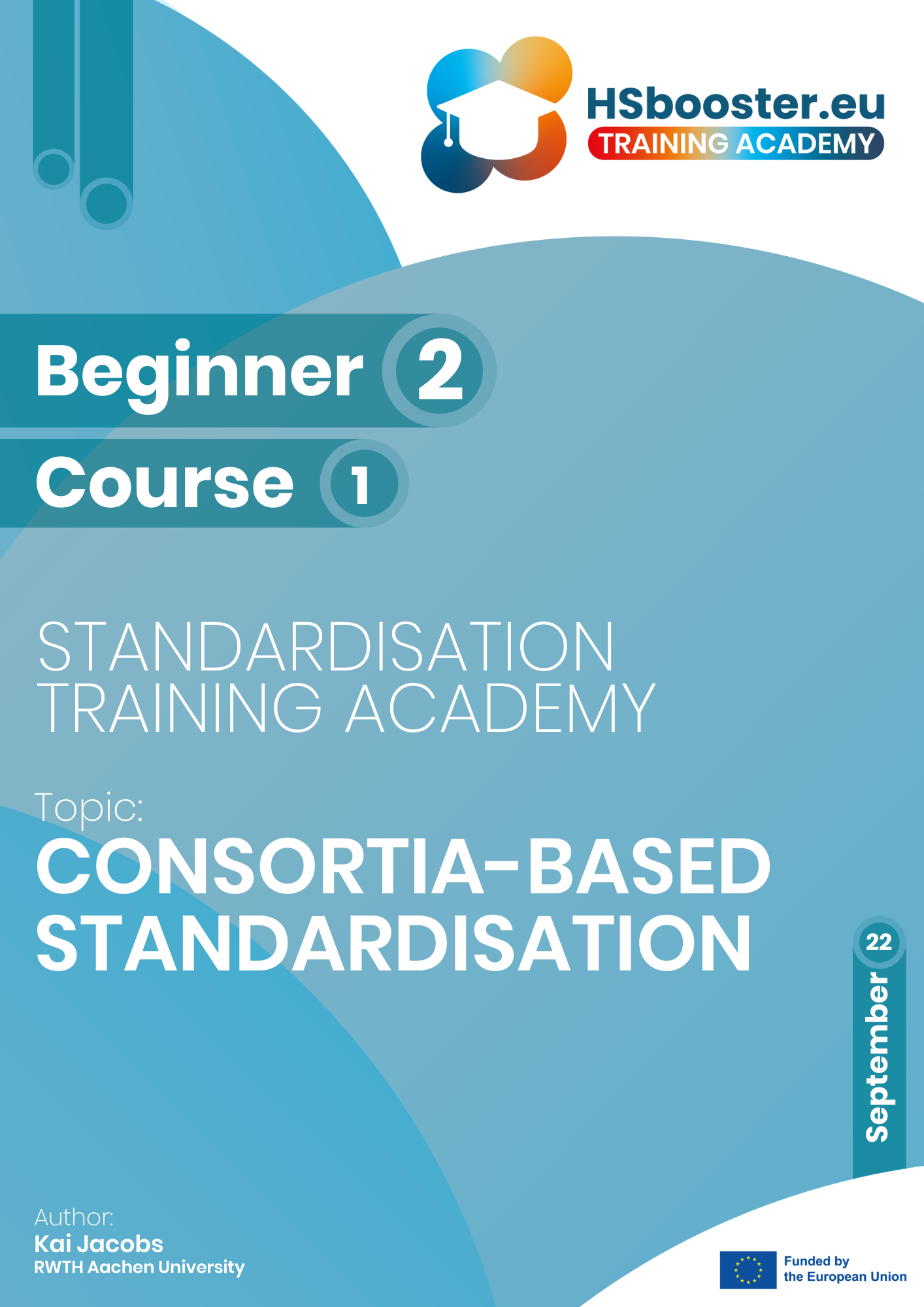- Beginner 2, Course 1
A major part of the world we live in today would probably look rather different without standards consortia.
The specifications for USB (Universal Serial Bus; originally developed by Intel) were published in 1996 by the USB Promoter Group, a rather more informal consortium of seven companies (see e.g. [van den Ende et al., 2012]). The IETF 1 develops the standards for the Internet (which wouldn't have come into being without standards in the first place), and the W3C 2 does the same for the World Wide Web. Overall, many of the standards that shape Information and Communication Technologies (ICT) have been developed by consortia.
It is safe to say that they have been (and continue to be) highly influential in this sector. However, while consortia continue to be most prominent by far in the ICT sector, they are also not entirely unheard of in other sectors as well (e.g. in bio-technology [de Lorenzo & Schmidt, 2018]) and in pharmaceuticals [Williams, H. D. et al. [2012]).
After completing this module, you should be able to:
- Recognise the major differences between – and commonalities of – standards consortia and SDOs (in terms of, e.g. process, governance, membership, IPR policy);
- Decide which consortium would be best suited for a particular task at hand;
- Communicate why using consortia for ICT standardisation may well be a good idea;
- Understand how consortia relate to the EU’s standardisation policy and how they link to SDOs;
- Discuss if the proliferation of ICT standards consortia is a good thing for ICT standardisation;
- Integrate the different points of view regarding SDOs and consortia and come to your own conclusions; and
- Assess why some companies go for consortia rather than SDOs.


